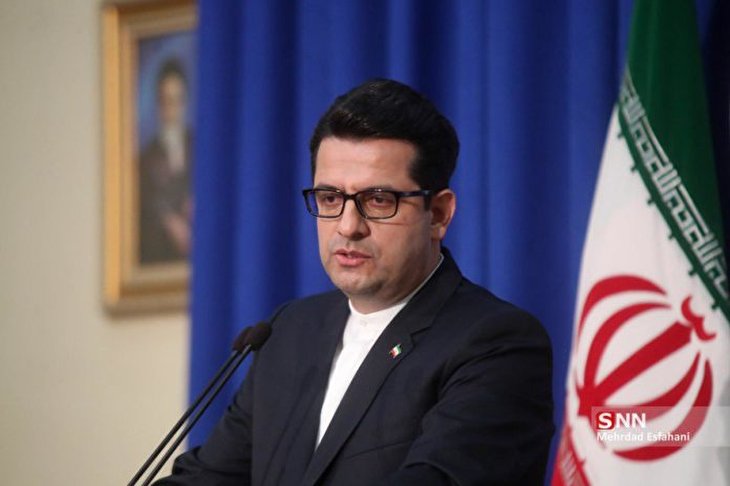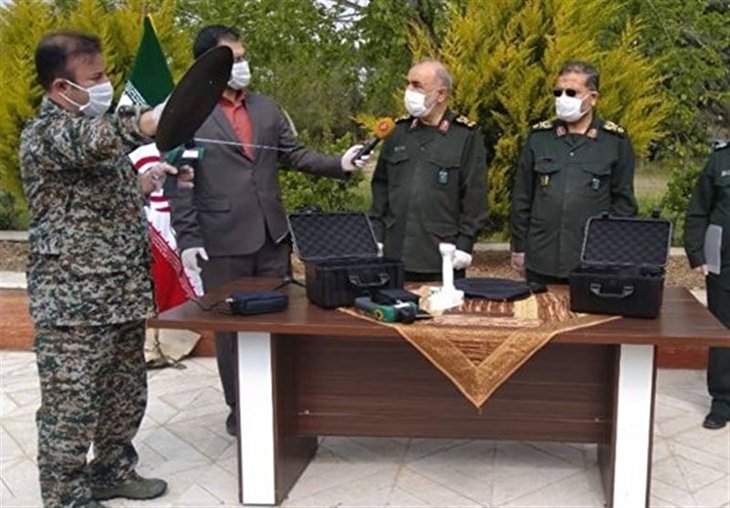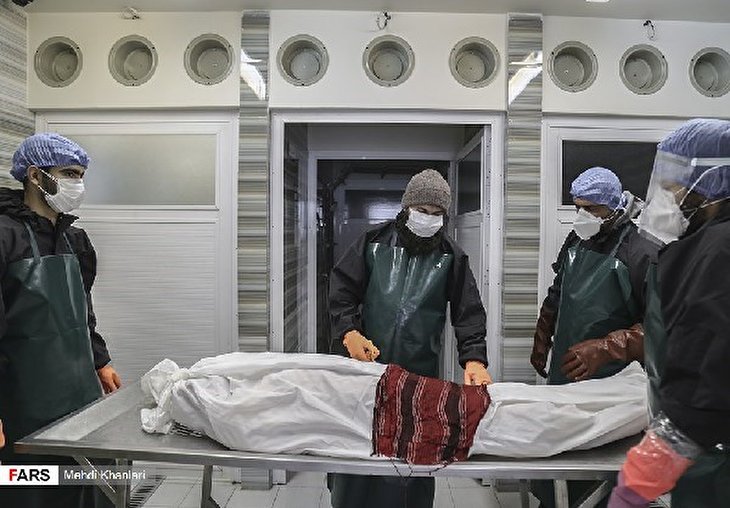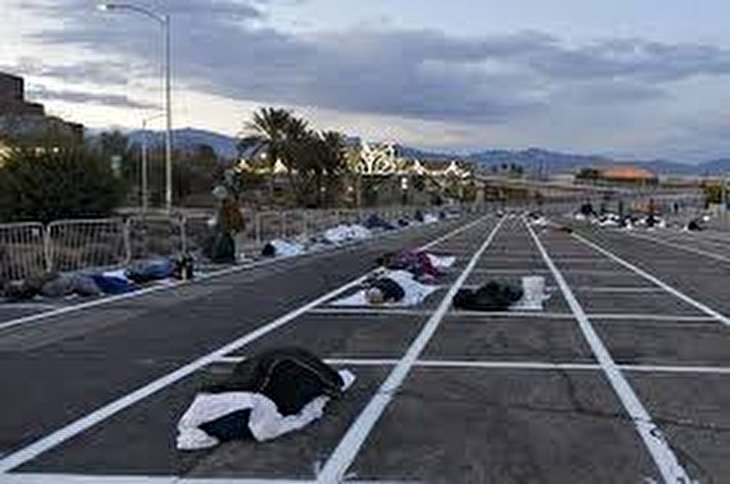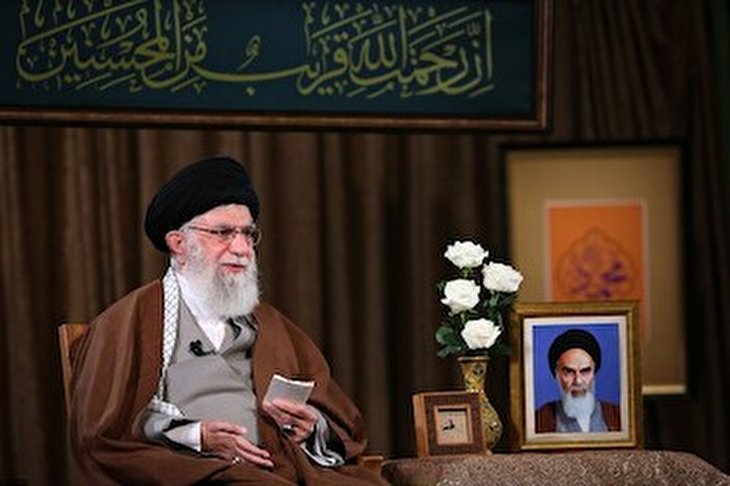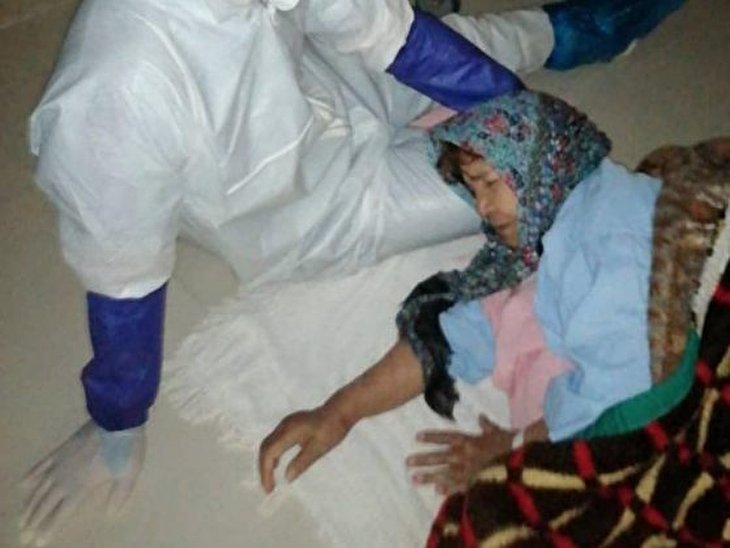Pentagon's Reaction Confirms IRGC's Penetration into US Command Center
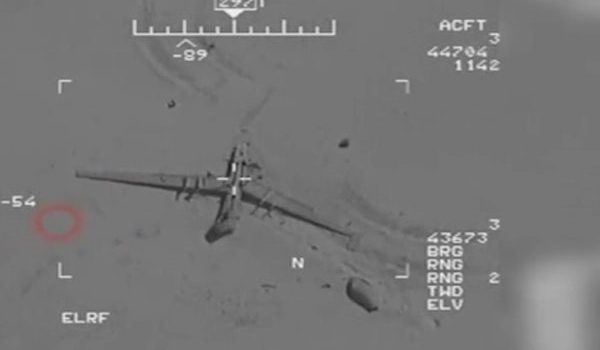
When asked by RT about the report, Pentagon Spokeswoman Commander Rebecca
Rebarich, said, "We are aware of the report and we have nothing else to add.”
Commander of the Islamic Revolution Guards Corps Aerospace Force Brigadier
General Amir Ali Hajizadeh had disclosed the incident on Thursday.
"Seven to eight drones that had constant flights over Syria and Iraq were
brought under our control and their intel was monitored by us and we could gain
their first-hand intel," General Hajizadeh said in the Western Iranian city of
Hamedan on Thursday.
The footage released by FNA showed IRGC's penetration into US Army's Command
Center, one of the many proofs in support of General Hajizadeh's remarks.
The footage showed a US flying drone starts malfunctioning and makes a rough
landing in a desert area 10 kilometers away from its base.
The US troops avoided approaching the malfunctioning drone as they were not sure
who was controlling the aircraft, and hence sent a manned aircraft to bomb the
drone.
The footage that displayed the IRGC's penetration into the US spy drone's intel
had been recorded by an IRGC drone flying above the scene.
Iran is one of the pioneering countries in drone technology. The country has
long been manufacturing drones since the Iraq-Iran war in the 1980s. But it took
a long leap in drone technology nearly a decade ago. The Iranian military first
downed a US army RQ-170 Sentinel in Eastern Iran in 2011. Months later, Iran
started production of its own RQ-170 stealth aircraft after reverse engineering
the downed US aircraft. The Iranian RQ-170 conducted its official flight in
November 2014.
The original US drone was a stealth aircraft manufactured for surveillance and
spying operations, while the Iranian version of the RQ-170 drone has been
equipped by the IRGC with bombing capability as well.
Lockheed Martin’s Skunk Works advanced development arm is thought to have
developed the RQ-170 by around 2005, and the US deployed the stealthy aircraft
to Afghanistan by 2008. However, the US Air Force did not officially acknowledge
the program until December 2009.
Back in October 2013, General Hajizadeh said Iran moved as much as 35 years
ahead in building drone engines by reverse engineering of the US drone.
Iran has downed a collection of US drones, including Scan Eagle, Raptor, M-Q9
surveillance. The range of the various types of US Unmmaned Aerial Vehicles
(UAVs) downed by Iran has now amounted to a dozen, and it has started
reproducing them immediately after conducting reverse engineering. Several
squadrons of these robotic warriors are already in mission.
Last week, Chief of Staff of the Iranian Armed Forces Major General Mohammad
Baqeri underlined that Iran along with Russia and Turkey believed that the
foreign forces which had been deployed in Syria without any coordination with
Damascus should evacuate the war-torn state.
Iran, Russia and Turkey as the guarantor states have called for the withdrawal
of forces who are present in certain parts of Syria without coordination with
the legal government in Syria and have occupied some regions, General Baqeri
said, alluding to the deployment of the American forces in Eastern Euphrates
region in Syria.
The Iranian top commander made the remarks in a joint meeting with Russian and
Turkish Defense Ministers General Sergey Shoigu and General Hulusi Akar in the
resort city of Sochi in Russia.
He also added that the US officials' remarks on withdrawing forces from Syria
were just claims.
Source:Farsnews


